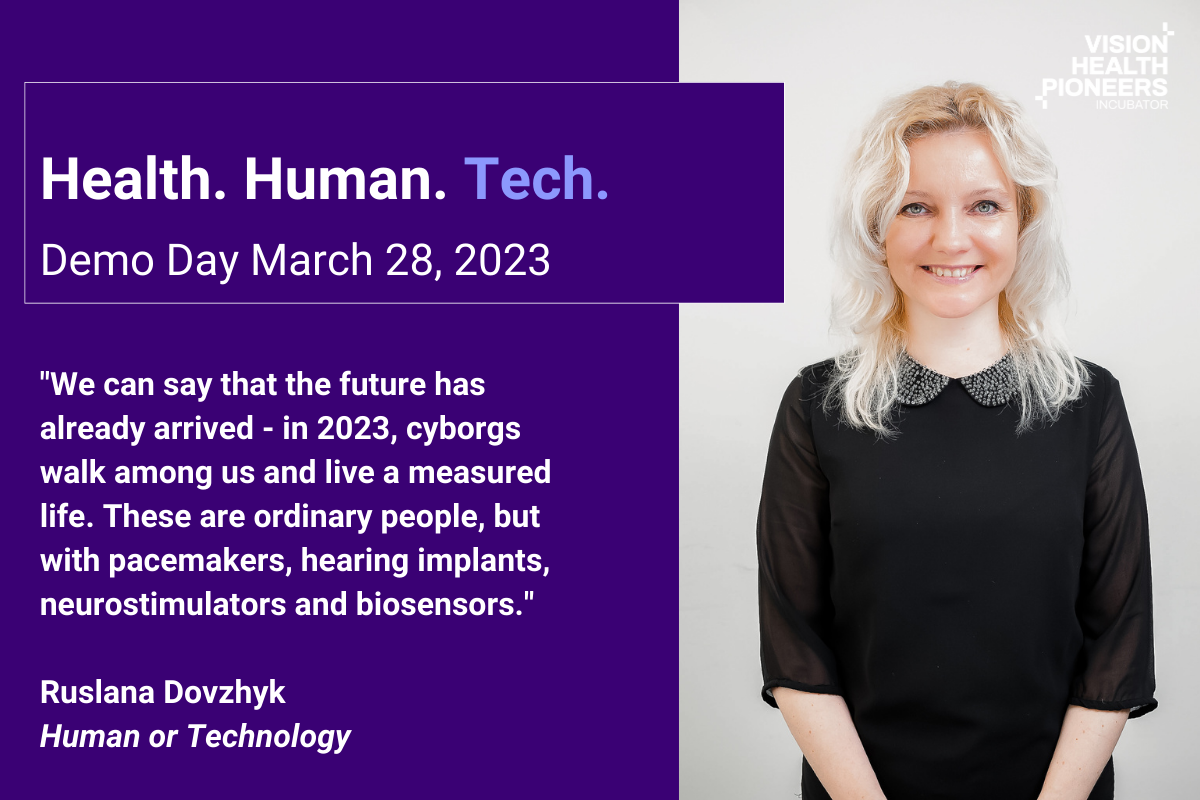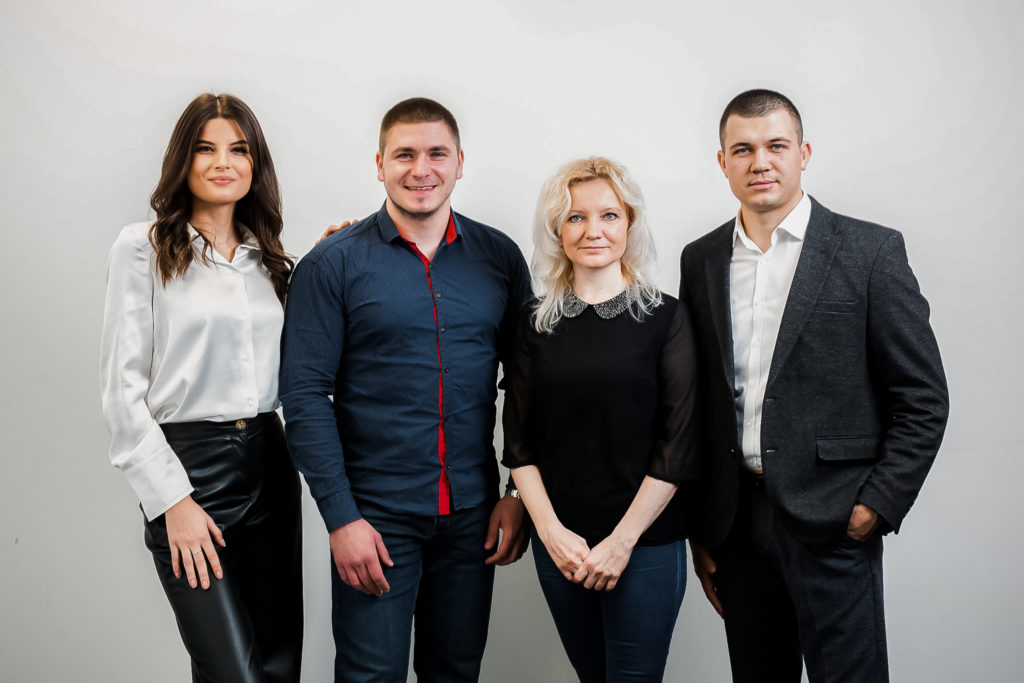
18 Feb Human or Technology – TechNovator
On Tuesday March 28, 2023 our healthtech startups take to the stage and present their solutions. Entitled ‘Health. Human. Tech’ this Demo Day for 2023 is centred around the role the teams play at the intersection of humans and technology. In a short mini-series, we have asked the startups to share their inspiration for their early-stage companies and what humans or technology has inspired them. First to share is Ruslana Dovzhyk, Co-Founder of TechNovator.
We are living in an era of technology and electrification. Artificial intelligence, robotics, blockchains, and IoT are all here. Electric vehicles, electric ships, consumer electronics, drones, robots, medical devices and even implantable devices require energy.
It’s so motivating to discover how technologies developed during the last 100 years.
It’s hard to imagine that 100 years ago the car was very young and we didn’t have a great infrastructure for them. Today we have everything, even electric cars. Our ancestors could never have imagined how nowadays we can drive and fly to some of the furthest corners of the world.
How has the world changed in the last 100 years?
We work with batteries, wires, power-banks and now wireless solutions come to the market. For more than half a century, science fiction literature has been telling us about people of the future – cyborg people. We can say that the future has already arrived – in 2023, cyborgs walk among us and live a measured life. These are ordinary people, but with pacemakers, hearing implants, neurostimulators and biosensors.
Let’s take a pacemaker as an example. It all started so simply… In 1928, the Australian Mark Lidwell used intermittent electrical stimulation of the heart to save the life of a newborn child in cardiac arrest. The child recovered and survived. Albert Hyman invented the first “artificial pacemaker”: which was powered by a spring-wound handle. It was not accepted as a means of restarting a stopped heart. However, Hyman did not seem to recognize that his device might have a role for people with heart blockages.
Then in 1951, Canadian heart surgeons John Callaghan and Wilfred Bige-low used a pacemaker to treat a patient after surgery. However, this device had a major disadvantage – it was located outside the patient’s body, and impulses to the heart were conducted via wires through the skin. Another disadvantage was its size and weight and the fact that the distance at which it was from the patient depended on the length of the cables.
After 7 years, on October 8, 1958, the first implantation of a pacemaker was carried out in Sweden. The system was developed by surgeon Ake Senning and medical inventor Rune Elmqvist who implanted the device in a 43-year-old patient. Senning and Elmquist realized that the main problem with pacemakers was that the patient could get an infection during the operation. That’s why scientists decided to design a fully implantable system that took cardiology to a new level. Today, a pacemaker is an electronic device that consists of three main components: a titanium shell, an electronic circuit, and a lithium-ion battery that lasts from 5 to 10 years.

Even after 50 years of improvements since the creation of the first implantable pacemaker, it still has disadvantages – a battery that needs to be replaced every 5-7 years, people need to go through the repeated surgeries and it’s possible for an infection during surgery. Our TechNovator team has a solution and will be able to solve the big problem with battery life. Invented wireless charging technology for implantable devices will make the battery rechargeable and smaller. Patients will therefore avoid repeated surgeries on their organs. Moreover based on the technology functionality, patients will have the opportunity to provide daily based diagnosis of the heart and parameters of a cardiac pacemaker. They will have the opportunity to monitor a health statement and react urgently if it’s necessary. A cardiac pacemaker is not alone, so many different implantable devices exist on the market such as deep brain neurostimulator, cochlear, insulin pump, drop foot implants, etc. Rechargeable batteries is a reality for consumer electronics, now we’re making it possible for implantable devices.
Watch TechNovator present at the upcoming virtual Demo Day 2023! Join us:
🗓️ Tuesday, March 28, 2023
⏰16:00 CET
💻Virtual



